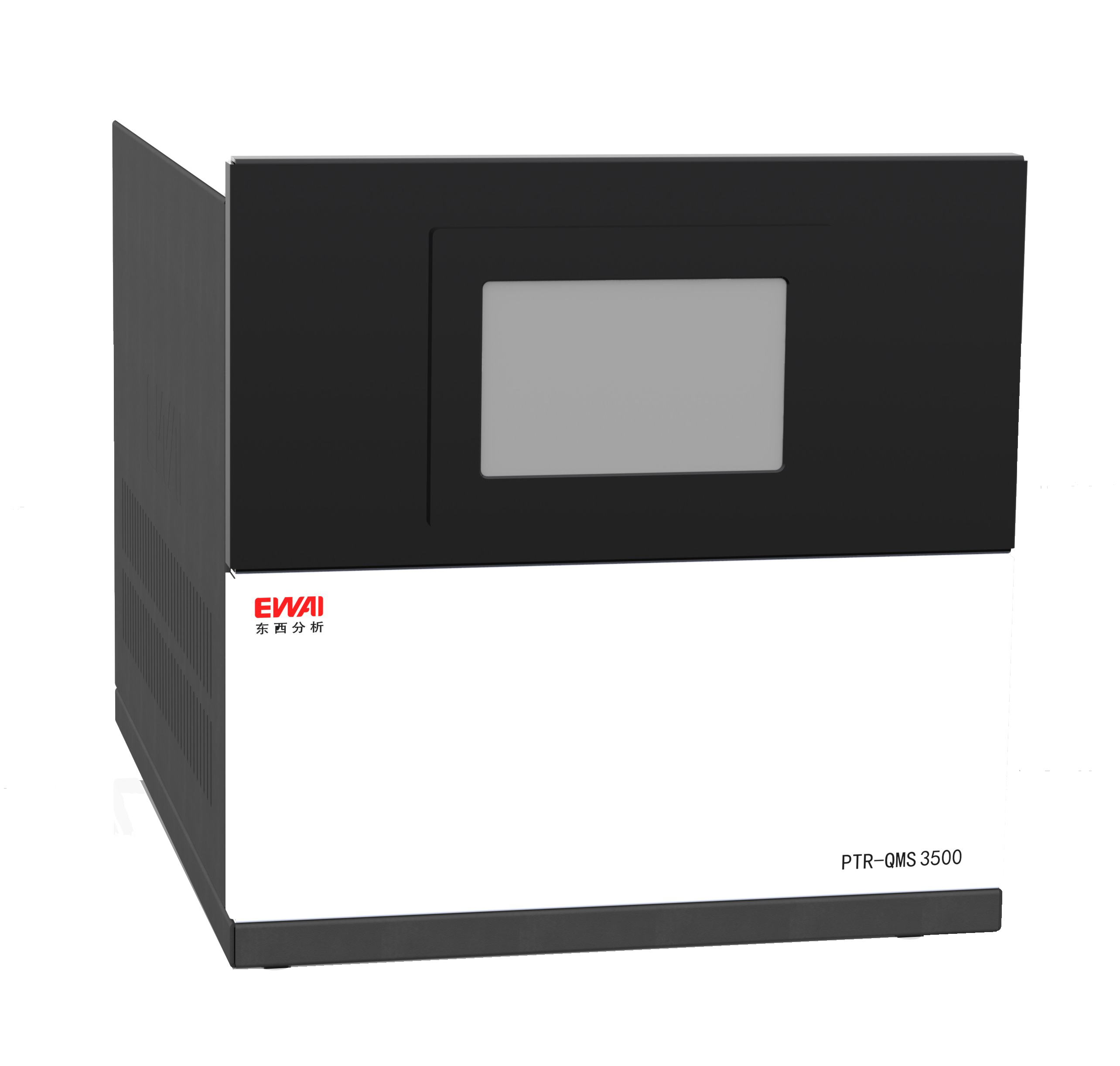PTR-QMS 3500 Proton transfer reaction mass spectrometry

Product Introduction
Proton transfer reaction mass spectrometry (PTR-MS) is an analysis instrument used to separate and detect the protonated charged particles by the quality analyzer at the next stage, which are formed by the proton transfer reaction between the component to be tested and the reagent ion under specific conditions. This instrument is mainly used for the detection of volatile organic compounds (VOCs). It can be used for real-time online continuous monitoring and continuous quantitative measurement of volatile organic compounds such as benzene series, most alkanes, alkenes, ethers, lipids, etc.
Main features:
Proton transfer reaction mass spectrometry (PTR-MS) is an analysis instrument used to separate and detect the protonated charged particles by the quality analyzer at the next stage, which are formed by the proton transfer reaction between the component to be tested and the reagent ion under specific conditions. This instrument is mainly used for the detection of volatile organic compounds (VOCs). It can be used for real-time online continuous monitoring and continuous quantitative measurement of volatile organic compounds such as benzene series, most alkanes, alkenes, ethers, lipids, etc.
Main features:
- Low pressure micro glow discharge ion source, high electron density, high efficiency, anti-pollution and easy maintenance;
- High quality quadrupole mass spectrometry system, stable and reliable;
- The detection limit can reach dozens of pptv;
- Fast online real-time analysis of VOCs;
- High efficiency soft ionization technology, reagent ion purity can reach more than 99.8%;
- Fast and simple sample analysis without sample concentration;
- Select quantity monitoring and full-range scanning monitoring;
- Full-parameter automatic tuning program to quickly optimize instrument parameters;
- Fast vacuum valve switching, reagent can be replaced without shutdown;
- Multi-function embedded control system is safe and reliable;
- 4~20ma, MODBUS protocol remote data transmission;
- Compact structure and reliable,can be used for vehicular installation and convenient for field monitoring.
Application field:
- Trace detection of VOCs in the atmospheric environment, including biomass volatile organic compounds, volatile organic compounds generated by human activities, such as urban road vehicle exhaust monitoring, and analysis of air quality differences in different regions and seasons;
- Monitoring and sensory evaluation of food flavor substances, such as analysis of flavor components of coffee and tea;
- In the medical field, research on the pathogenicity of human exhaled gases, such as monitoring and analysis of exhaled gas markers of smokers and cancer patients;
- Explosives analysis and monitoring in the field of public safety, such as trace fast monitoring of TNT and narcotics;
- Monitoring of chemical warfare agents and toxic chemicals in the field of military science.




